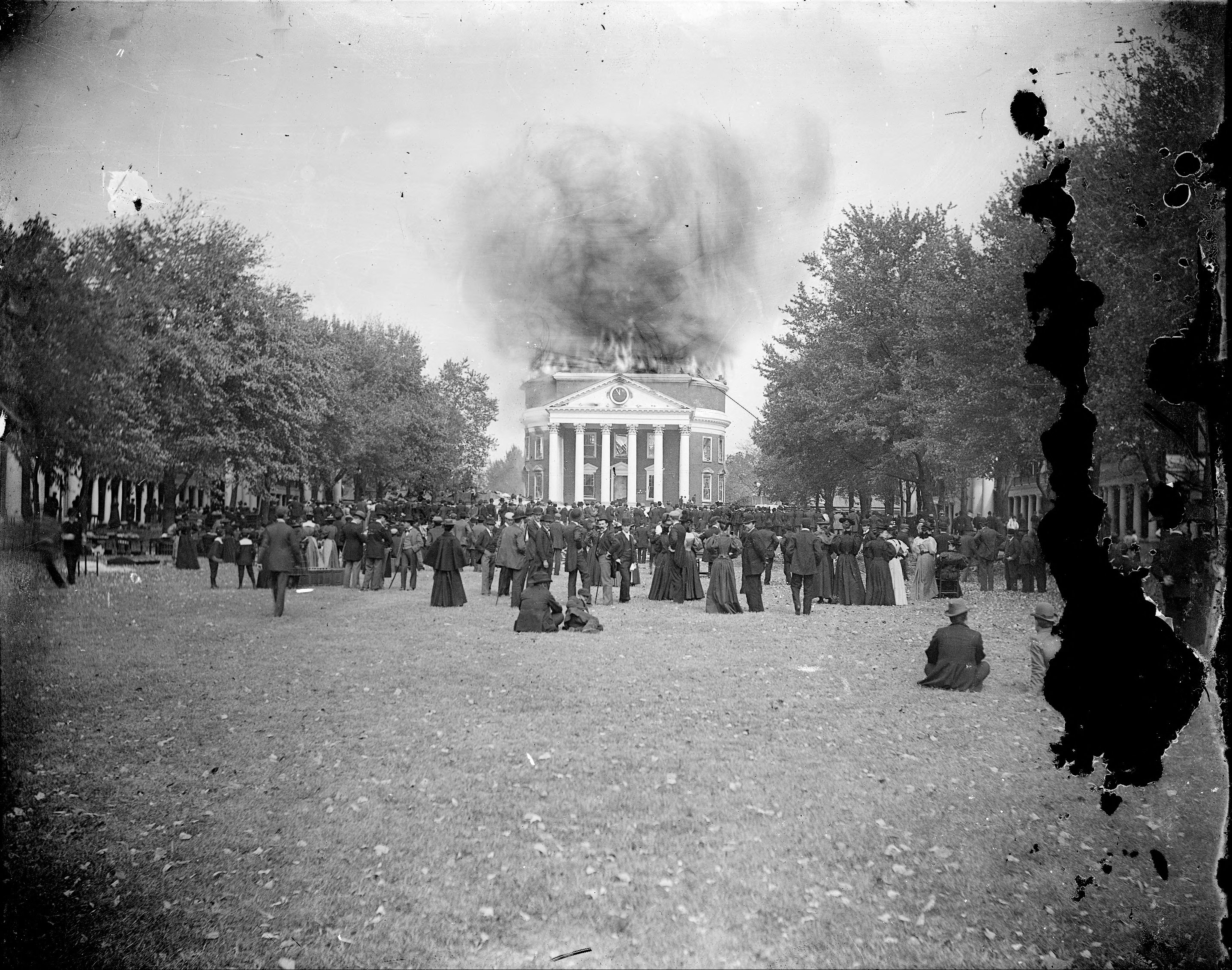Digital items from the University of Virginia will be available at the first nationwide online public library, an ambitious new venture that provides a single point of access to digital materials from some of the best libraries in the country.
The Digital Public Library of America, or DPLA, officially launches April 18 and is a one-stop shop for digital collections from numerous public and university libraries, as well as federal organizations such as the National Archives and the Smithsonian.
Initially, the U.Va. Library will contribute the Holsinger Studio Collection, a photographic record of life in Charlottesville and Albemarle County from the late 19th and early 20th centuries that consists of more than 10,400 images.
For U.Va., sharing resources with the new digital library is an opportunity to spread awareness of U.Va.’s digital collections and expand the potential audience of scholars, students and other users who could benefit from them, said Bradley Daigle, U.Va.’s director of digital curation services.
“We’re a state public institution and we have a mandate to share our content,” Daigle said. “The library decided that this would be a good opportunity for us to share content more broadly.”
Digital collections that are contributed to the DPLA are searchable through the online library, but are still hosted at the institutions that contribute them. So a user who discovered the Holsinger Studio Collection through DPLA would actually access and download the images through the U.Va. Library’s Virgo system, Daigle said.
The Holsinger Collection was a good place to begin, because the collection is already digitized and freely accessible through Virgo, but he anticipates the library will make additional digital content available to the DPLA, he said. For example, the library already plans to add digital images of the Douglas Gordon Collection of 16th-century French books.
“We’re starting small, but we have over 550,000 items in our digital repository,” Daigle said. “People can access much of this content already, but participating in DPLA will create more visibility for our content. As a result, U.Va. will be seen by more people as a source for finding digital content and unique materials.”
Though DPLA doesn’t officially debut until next week, the initiative has been in the works for several years. Daigle has been involved with some of the content and legal discussions, and Jerome McGann, University Professor and the John Stewart Bryant Professor of English, serves on the organization’s steering committee. Professor Siva Vaidhyanathan, chair of the Media Studies Department, was also recently named to the DPLA board.
The creation of DPLA is the latest step in a national movement toward making online resources such as digital collections and digital archives more accessible and searchable across institutions, Daigle said.
“It’s open source, and the organization is very conscious of not locking it down commercially in any way,” he said. “I think the public aspect is going to keep this going and make it very useful for scholars and individuals.”
The DPLA launch includes events April 18 and 19 at the Boston Public Library, and more information is available on the organization’s website.
Media Contact
Article Information
April 10, 2013
/content/university-virginia-library-join-digital-public-library-america

